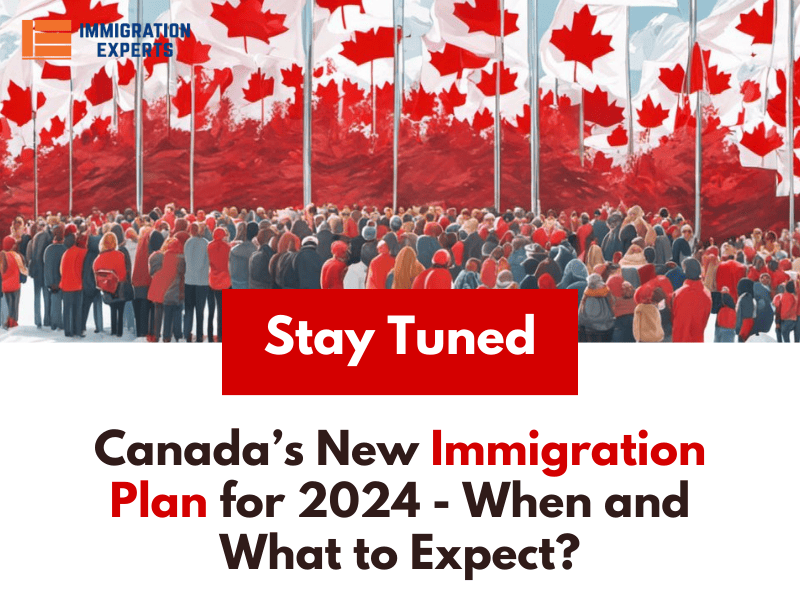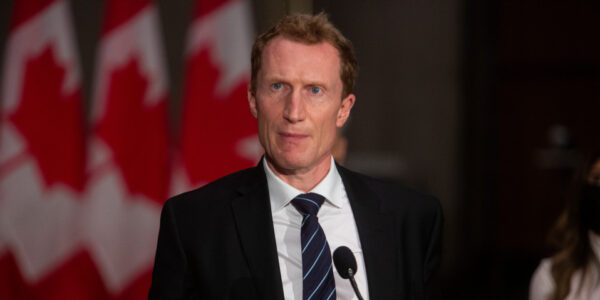051 8439995, 042 35911332

The 2024-2026 immigration plan for Canada is expected to be announced on November 1, 2023. This plan will specify the yearly immigration targets for the upcoming three years.
Marc Miller, who has recently taken on the role of Minister of Immigration, Refugees, Citizenship, and Canada, will be revealing his initial immigration levels plan.
Many are eagerly anticipating this year’s announcement to see if Canada will raise, lower, or maintain its annual immigration targets.
Nonetheless, both Immigration Minister Marc Miller and his predecessor, Sean Fraser, have consistently emphasized the necessity for more immigrants to contribute to housing construction and address the persistent housing shortage.
During an interview, Marc Miller made it clear that there is no intention to reduce immigration. The main consideration is whether to maintain it at its present levels or potentially raise it.
Significance of Immigration Plan Levels 2024
This plan specifies the yearly count of permanent residents (PRs) to be admitted across various categories, which encompass economic immigration, family sponsorship, refugees, and protected persons.
It’s worth noting that these numbers don’t necessarily indicate that all these new permanent residents will be arriving from outside Canada. Approximately 45% of economic immigration admissions consist of individuals who are already temporary residents within Canada and are transitioning to permanent residency.

Additionally, the plan does not establish any targets for temporary residency categories like international students, work permit holders, or visitor visas.
In essence, the immigration levels plan exclusively pertains to new “permanent residents” from both inside and outside Canada.
The significance of the immigration level plan for 2024 is paramount, as these three-year plans are typically updated each year on November 1.
Canada Expands Immigration Outlook for Skilled Workers and Families
The Canadian immigration system is currently attracting significant attention worldwide, as highly skilled individuals and families aspire to make Canada their permanent home.
Furthermore, Canada boasts the largest-ever pool of foreign nationals residing within its borders, individuals who have made valuable contributions to the Canadian economy and gained substantial Canadian experience, all while seeking permanent residency status.
In addition to this, Canadian citizens and permanent residents have been advocating for an increase in family sponsorship quotas due to the existing low numbers.
Moreover, Canada has been at the forefront of addressing humanitarian crises across the globe, offering refuge to individuals fleeing conflict and war.
The current federal government, the Liberals, has consistently highlighted labor shortages in sectors such as construction and healthcare, as they work to meet the needs of the Canadian population.
The number of international students, work permit holders, asylum claimants, and their accompanying family members residing in Canada has been steadily rising, and there aren’t enough available spots for them to obtain permanent resident status.
Considering these factors, it’s quite likely that we may witness an increase in the annual immigration targets, possibly exceeding 500,000.

In fact, for 2023, Canada had already set a target of 465,000, and the country is well on its way to easily achieving that this year. Furthermore, the target for 2024 is already established at 485,000, with 500,000 set for 2025. This strongly suggests that the immigration target may see further increases.
At the grassroots level, Canadians hold differing opinions on whether Canada should reduce the intake of immigrants, especially in light of the ongoing housing crisis and rising inflation.
Recommendations for Transparent Immigration Policy and Temporary Residents’ Impact in Canada
The Financial Post reports that certain economists are recommending that the government share more information about the potential contributions of Canada’s expected 2.1 million temporary residents to avoid appearing out of touch with the actual situation.
It is crucial for the government to effectively set and communicate the expectations for individuals already in Canada on temporary visas and provide a clear outlook regarding the number of new residents, whether permanent or not. Rebekah Young, an economist at the Bank of Nova Scotia, emphasized this need.
The official mentioned that if the government keeps increasing the permanent residency targets without providing more context, there’s a risk of seeming out of touch with the actual situation on the ground.
However, it’s possible that while the target for permanent residents is growing, the overall population growth might proceed at a slower pace if they unveil a comprehensive target that considers non-permanent residents and those already in the country. This approach could provide some breathing room for strained infrastructure as it works to catch up.
Current Immigration Levels Plan for 2023-2025
Here’s the current Immigration Levels Plan for 2023-2025:
2023
Overall Planned Permanent Resident Admissions: 465,000
Economic:
- Federal High Skilled: 82,880
- Federal Economic Public Policies: 25,000
- Federal Business: 3,500
- Economic Pilots: Caregivers: 8,500
- Atlantic Immigration Pilot Program: 8,500
- Provincial Nominee Program: 105,500
Family Sponsorship:
- Spouses, Partners, and Children: 78,000
- Parents and Grandparents: 28,500
Refugees and Protected Persons:
- Protected Persons in Canada and Dependents Abroad: 25,000
- Resettled Refugees – Government-Assisted: 23,550
- Resettled Refugees – Privately Sponsored: 27,505
- Resettled Refugees – Blended Visa Office-Referred: 250
Humanitarian and Other:
- Total Humanitarian & Compassionate and Other: 15,985
2024:
Overall Planned Permanent Resident Admissions: 485,000
Economic:
- Federal High Skilled: 109,020
- Federal Business: 5,000
- Economic Pilots: Caregivers: 12,125
- Atlantic Immigration Pilot Program: 11,500
- Provincial Nominee Program: 110,000
Family Sponsorship:
- Spouses, Partners, and Children: 80,000
- Parents and Grandparents: 34,000
Refugees and Protected Persons:
- Protected Persons in Canada and Dependents Abroad: 27,000
- Resettled Refugees – Government-Assisted: 21,115
- Resettled Refugees – Privately Sponsored: 27,750
- Resettled Refugees – Blended Visa Office-Referred: 250
Humanitarian and Other:
- Total Humanitarian & Compassionate and Other: 13,750
2025:
Overall Planned Permanent Resident Admissions: 500,000
Economic:
- Federal High Skilled: 114,000
- Federal Business: 6,000
- Economic Pilots: Caregivers: 14,750
- Atlantic Immigration Pilot Program: 14,500
- Provincial Nominee Program: 117,500
Family Sponsorship:
- Spouses, Partners, and Children: 82,000
- Parents and Grandparents: 36,000
Refugees and Protected Persons:
- Protected Persons in Canada and Dependents Abroad: 29,000
- Resettled Refugees – Government-Assisted: 15,250
- Resettled Refugees – Privately Sponsored: 28,250
- Resettled Refugees – Blended Visa Office-Referred: 250
Humanitarian and Other:
- Total Humanitarian & Compassionate and Other: 8,000
This plan outlines the targets for various categories of permanent residents for each year in the specified range.
